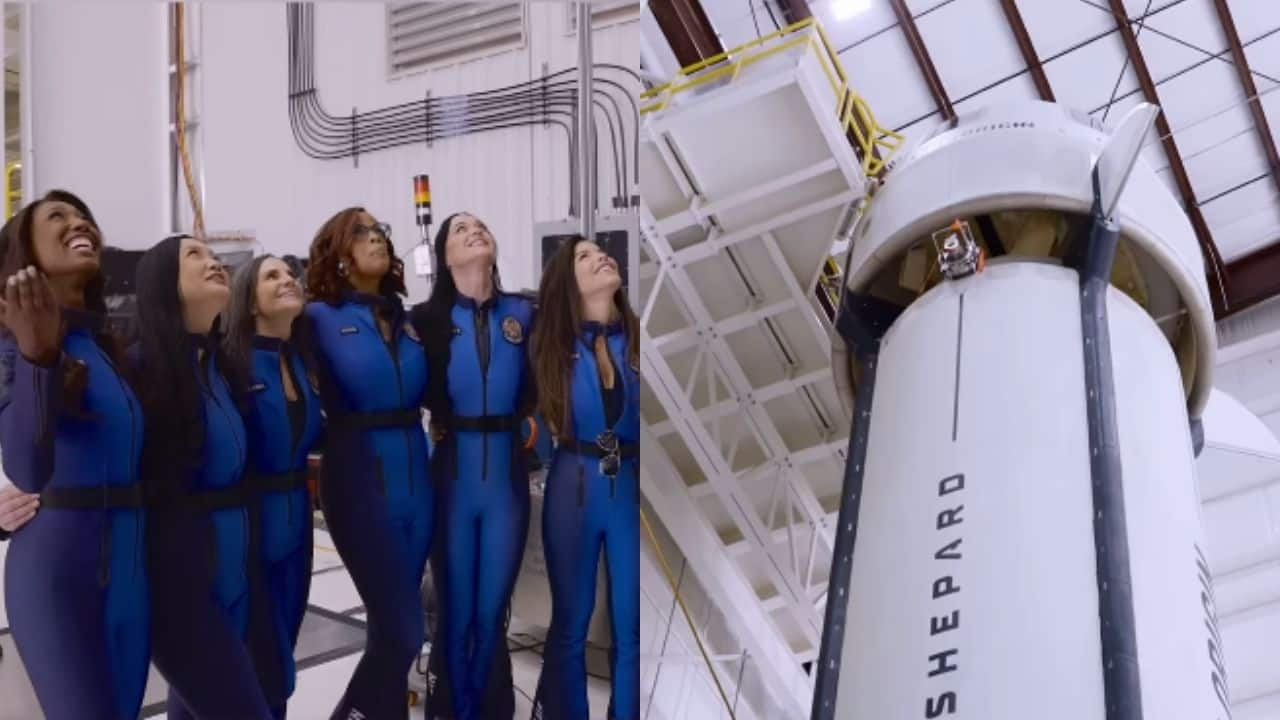President Donald Trump recently rolled out controversial tariffs on the entire world. He’s given various reasons for, and benefits of, tariffs, one being rebuilding our industrial base and repopulating our decimated middle class — like it was back in the 1950s and ‘60s. He alleges they’ve been hollowed out by rest of the world’s unfair trade practices.
It’s all very controversial and complicated. I only want to talk about one simple thought: Things have, perhaps irreversibly, changed. For example, I understand one reason we don’t manufacture much physical stuff is that we’ve evolved over the decades from a capital-intensive, manufacturing-driven economy with faster population growth (as in the ‘50s and ‘60s) to an expertise-intensive, innovation-driven economy with slower population growth (now).

In fact, we have a positive trade balance for the financial and intellectual products that we export. So: “Toto, I’ve a feeling we’re not in Kansas anymore,” as Dorothy observed. OK, but can we achieve the president’s vision of de-mothballing the rusted-out, empty factories scattered across our country and refurbishing them, plus building new factories, and filling them with good-paying middle-class jobs, like my dad had after returning from World War II? Dad was just an Atwood high school grad when he went into the Navy in WWII, then returned to a low- to average-paying agriculture job.
Within a few years, and the construction of a major chemical plant west of town, Dad landed a good-paying job, with valuable benefits, that had his family walking in if not tall cotton, at least taller cotton. But, even assuming it all works to plan, and manufacturing is reshored, I wonder how many jobs it’ll really add. When Dad went to work for that new chemical plant, they employed up to 1,500 people.
Today, while they might use that many to build the plant, they won’t need that many to run it. With the advance in robots and emergent artificial-intelligence agents, they could probably run it with not more than 150 people — a number I’ve heard from other possible large industries wanting to locate here. It brings to mind an article I wrote many years ago in response to a piece in Road & Track magazine.
Its headlines trumpeted the great progress in car manufacturing. It featured two photos of a Porsche plant in Stuttgart, Germany. One had humans crawling all over the plant, carrying parts, bolting sections, while the other photo showed a plant almost devoid of humans — filled, instead with robotic arms moving around at warp speed, nary a human in sight.
I wrote that if this was as wonderful as the article suggested, then perfection will be achieved when there are no more humans working. Elon Musk indicates we’re close. Musk recently announced in The Economist that “robotaxis would soon be rolling off (Tesla’s) production lines, each assembled in ‘less than five seconds,’ and that 50,000 humanoid robots would be built next year.
” So, bye-bye taxi, Uber and Lyft drivers, and hello to robots who can make a robotaxi in “less than five seconds.” John Henry couldn’t beat that steam-powered drill today, not if a robot operated it. As for AI, it has been called an “existential threat” by Geoffrey Hinton, the “Godfather of AI,” and others including Musk himself.
“Existential threat” sure sounds a lot like what HAL 9000, the “algorithmic computer” in the 1968 classic “2001: A Space Odyssey,” did to astronaut Dave. When Dave demanded HAL unlock the pod-bay doors to the spacecraft so Dave could get in and stay alive, HAL said: “I’m sorry, Dave. I’m afraid I can’t do that.
” Oops. We’re almost there. In a recent Wall Street Journal article, Marc Benioff, CEO of Salesforce, bragged that “we’re moving toward a world where AI is everywhere and part of everyday life.
” He claims their AI capabilities have evolved to “autonomous, intelligent agents. Because such agents act on their own, collaborate and continuously learn and improve (whereby) companies of any size can scale beyond human limits.” (“Beyond human limits”? Does that guarantee John Henry can’t win?) He points to AI agents currently giving financial advice that “allows us to redeploy as many as 2,000 support roles elsewhere in the company.
” (Redeploy where?) He adds that “If AI continues to accelerate decision-making, reduce operational friction, (it’ll) free up human workers for higher-value tasks.” (What tasks?) I’m concerned that while Trump’s worldwide tariff levies might reshore factories, the jobs might not materialize as imagined, what with those robots made by robots pouring off the assembly line, plus those critically thinking AI agents getting us booted upstairs to the executive suite with its “higher-value tasks.” Make no mistake: My sentiments lie 100 percent with our president’s desire to bring back the Golden Age of the ‘50s and ‘60s.
You have absolutely no idea how much I wish we could go back to that era: I had hair, could dunk a basketball and wear shorts, and had no idea what a robot or AI agent was — except, that is, from watching science fiction B-movies shown down at the Strand. Those movies were scary fiction then, scarier fact now..
Politics

My Turn | Back to the future

"I’m concerned that while President Trump’s world-wide tariff levies might reshore factories, the jobs might not materialize as imagined, what with those robots made by robots pouring off the assembly line, plus those critically thinking AI agents getting us booted...















